Sapele, also sometimes called Sapeli or Sapelli, is a tropical hardwood from Africa. It’s a strong, moderately durable wood with decent rot resistance and is considered suitable for a variety of uses, including plywood, furniture, cabinetry, veneer, boatbuilding, and others. The high density and interlocked grain of Sapele can make it difficult to work with, especially in machining operations.
- Color: tends to be whitish to pale yellow and is distinct from the heartwood, which ranges in colour from a medium to dark reddish or purplish brown
- Sapwood: Tends to be whitish to pale yellow.
- Texture: Lustrous and fine-textured
- Grain: Interlocked
- Interlocked grain: Slight
- Moisture Content: AD+ KD
- Weight About: 700- 900 kg/m³
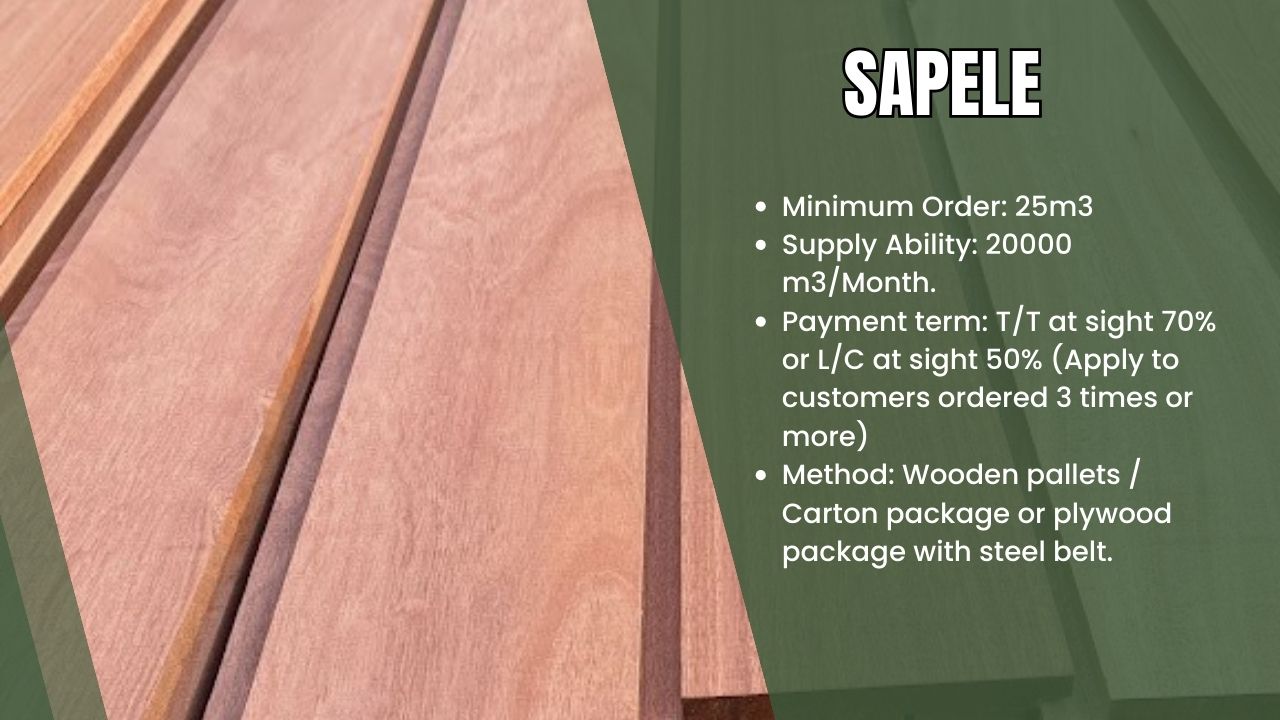
Description
It is a tropical hardwood timber found mainly in the rainforests of West Africa. It is known by different names in different regions and belongs to the Meliaceae family. The Sapele trees are very long, having a 100-150 ft average height and a 3-5 ft trunk diameter. The average dried weight is about 670 kg/m3 and it has a Janka rating of 1,410 lbf (6,280 N). Sapele is hard and heavy and the freshly cut wood has a cedar-like scent. It is easy and quick to dry but distortion may occur due to rapid drying. Quarter-sawn wood dries easily without distortion. When compared to mahogany, Sapele lumber is much harder and stronger. It can be moderately to very durable and has moderate resistance to insect and borer attack.
Sapele has a pinkish heartwood when freshly cut, which turns to reddish-brown over time due to exposure. The sapwood is pale yellow or almost white. Because it looks similar to mahogany (also having a reddish-brown colour), they are often used interchangeably. Sapele Wood can also be easily identified by its marked ribbon-like strips, which are clearly visible on sawn or quarter-sawn surfaces. Other patterns & figures such as pommele, quilted, wavy, beeswing, etc. can also be commonly seen. The grain is interlocked and the texture is fairly close, fine and uniform.
Uses of Sapele Wood
Sapele hardwood is generally easy to work with, but the interlocked grain can cause trouble with some machining operations like planning, moulding and routing. Tear-outs can occur when working with machines. The wood loses colour when in direct contact with iron, though it turns, glues, screws, stains, and finishes well. Regular sawn or quarter-sawn Sapele timber is moderately priced and easily available, though patterned limber can be quite expensive depending on availability. It is commonly used for construction, though its veneer can be pricey. Other uses of Sapele timber include furniture, cabinetry, boatbuilding, panelling, flooring, shop-fitting, joinery, plywood, musical instruments, turned objects, small wooden toys and other speciality items.

Product certificates
The products from K-Timber meet international quality standards and CITES/ FLEGT Agreement with the EU.
All certificates are renewed every year and term.
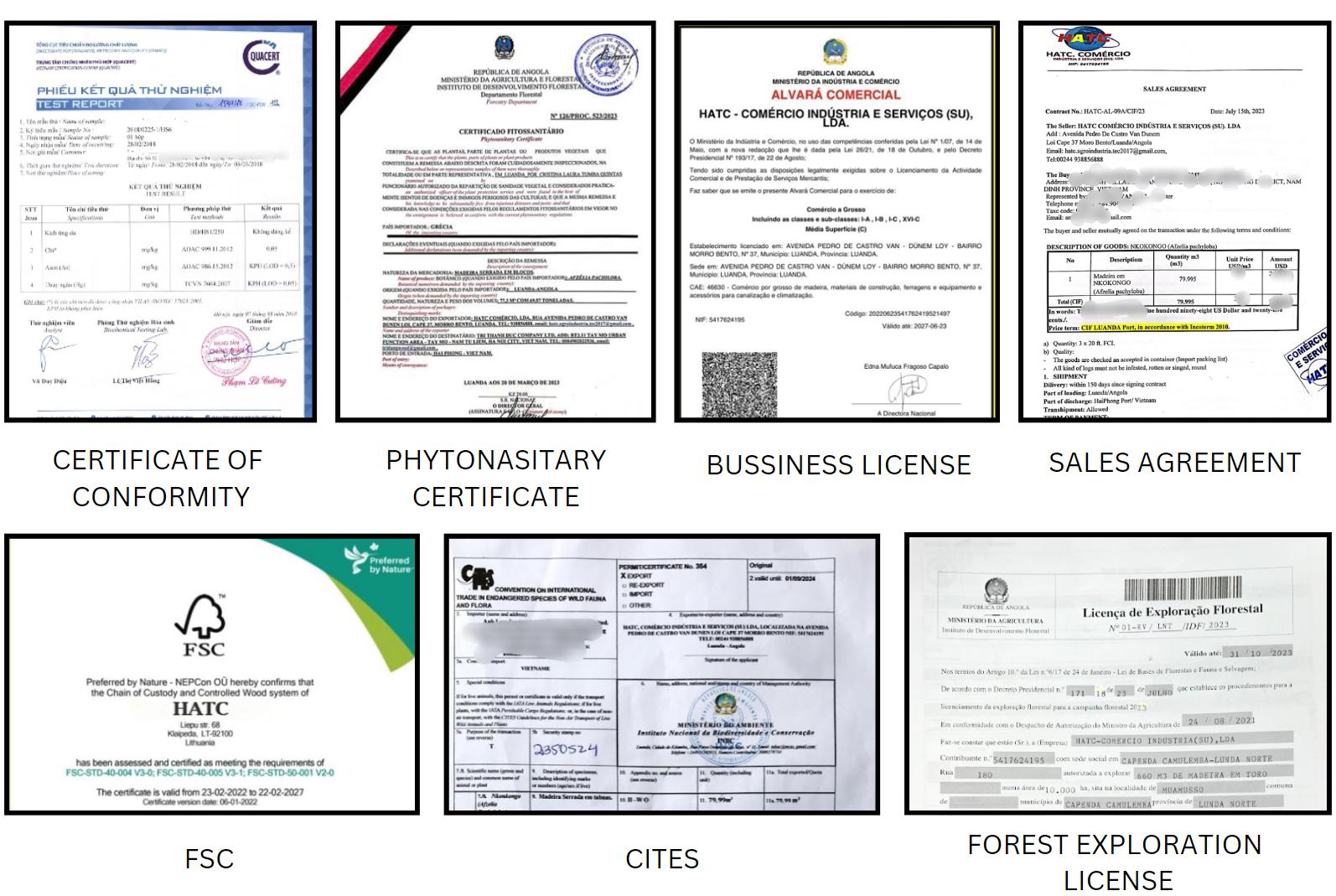
NOTICE: This species is listed in the CITES Appendices as of November 2022. That wood is sourced from sustainably-managed forests.
Product prices
In August, 2022, the price of Mussivi wood is around $550 per cubic meter.
The prices of Vietnamese Mussivi wood will be updated weekly in the website https://k-timbers.com.
Where to purchase the cheapest Sapele wood?
We are a WOOD manufacturing factory with strict processes from exploitation to transportation. K-Timber’s motto is “Cool Price, High Quality”. We are always ready to cooperate with you. Our price is stable for a longer time than others in the market.

With more 20-year history of delivering Timber products to the world, we know your market clearly and support you with our best effort. Being a giant in trading timber products internationally in Vietnam – the biggest broken timber, K-Timber is proud to bring buyers broken with quality standards and affordable prices.
K-Timber is the loyal vendor of thousands of B2B partners all over the world
- Samples: Send via Express (DHL, VPS, FedEx,..)
- Order: By Air or By Sea based on INCOTERM 2010


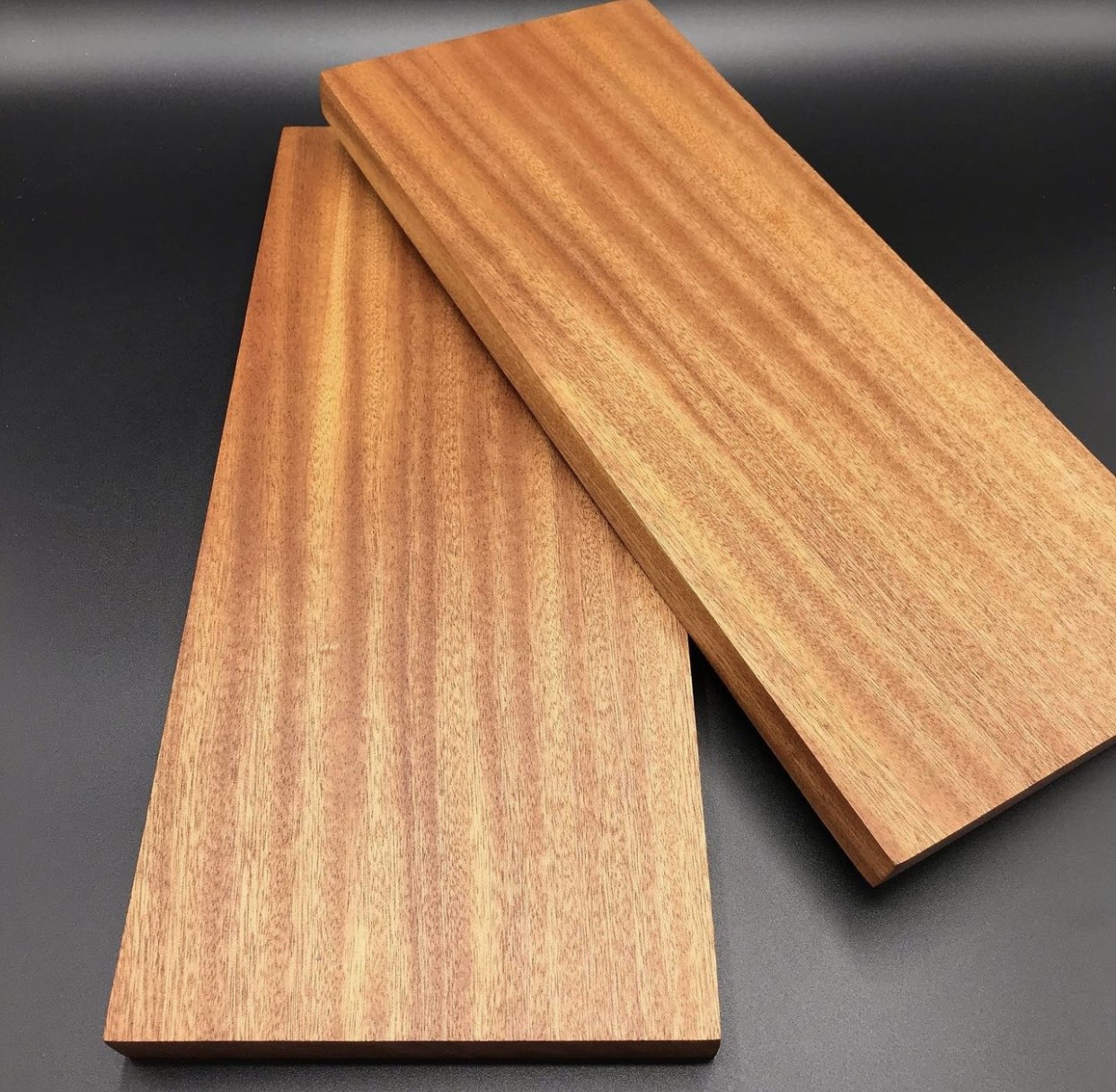
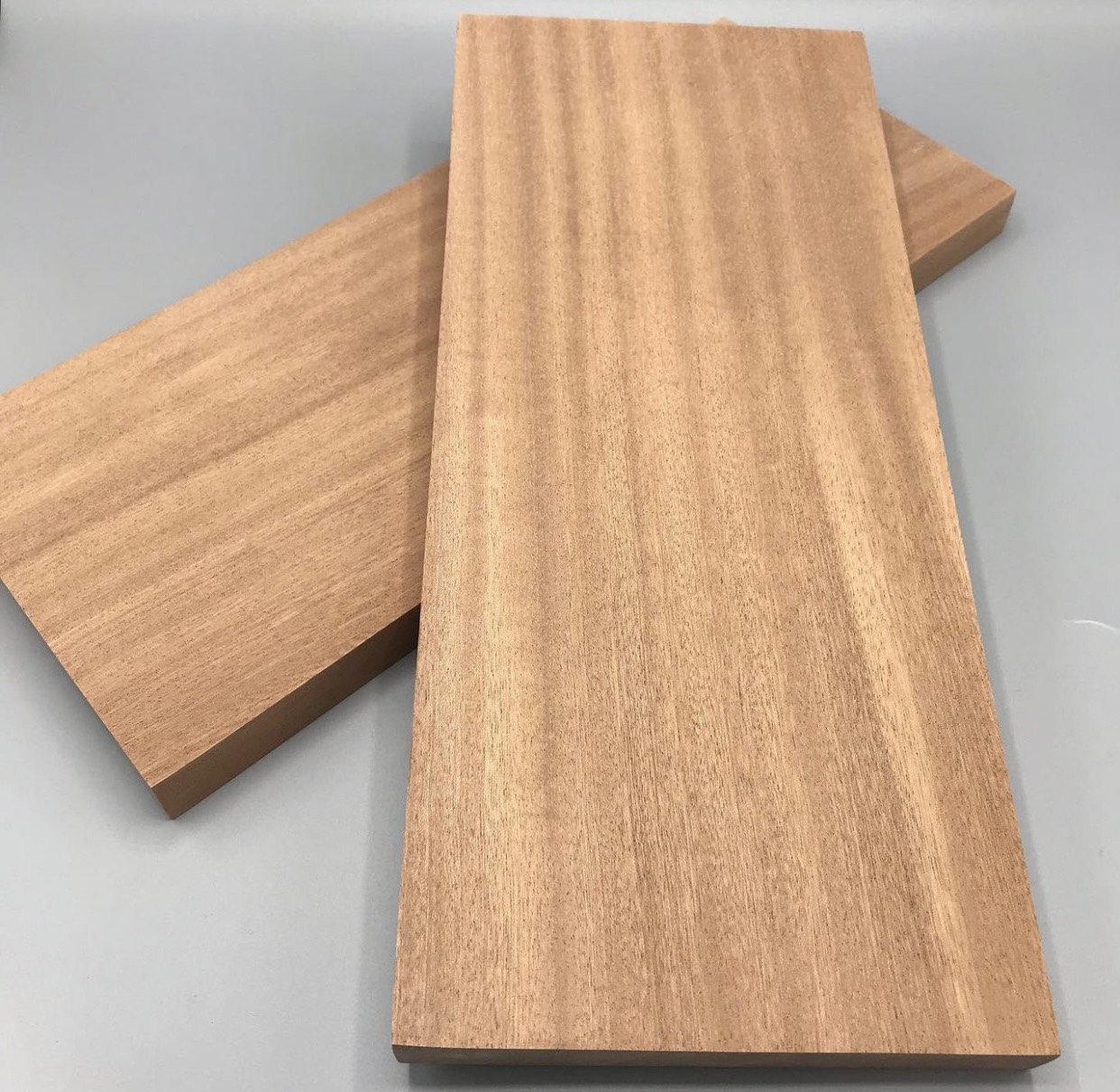




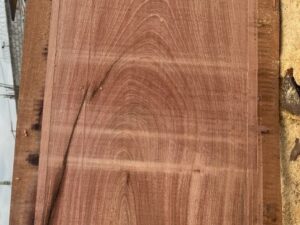
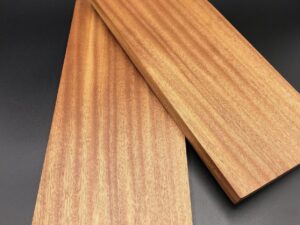
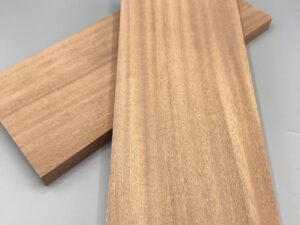
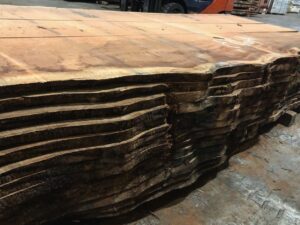
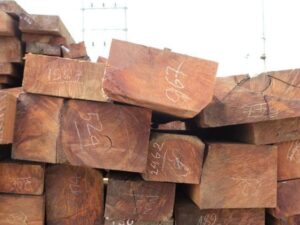
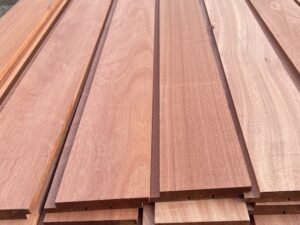

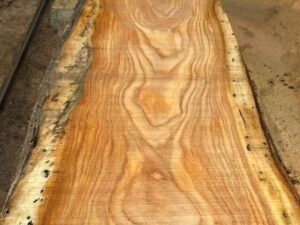
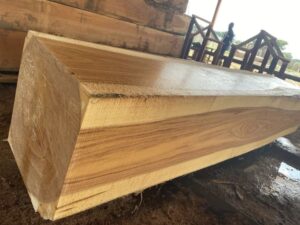
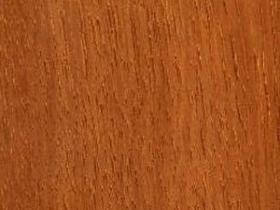


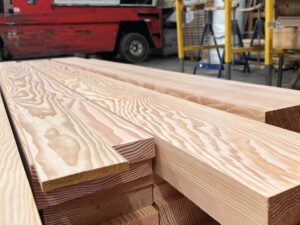

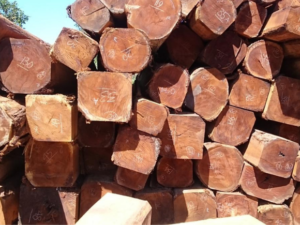
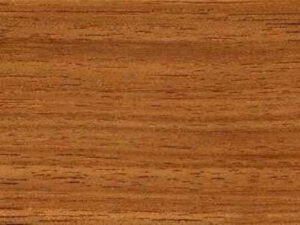

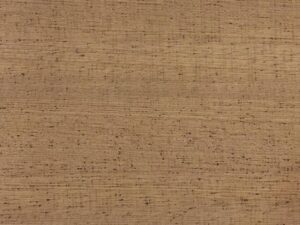
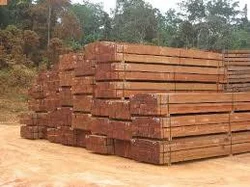
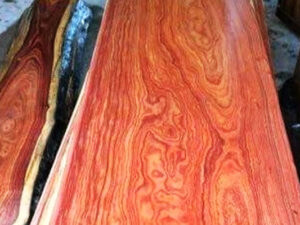
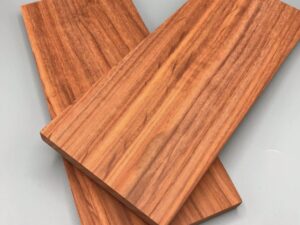
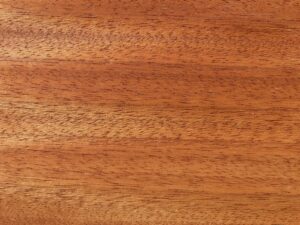


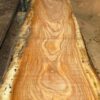
Reviews
There are no reviews yet.